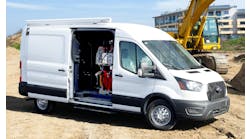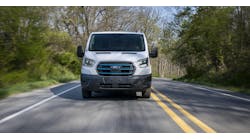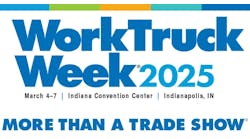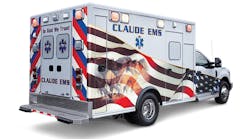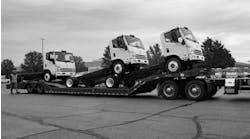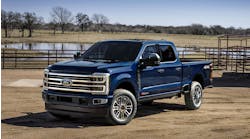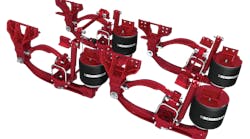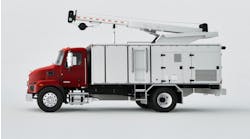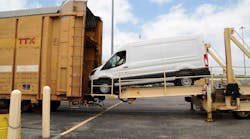Ford, Railroad Industry Create Innovative Way to Ship Transit Van to North American Customers
Ford Motor Company, responding to the shipping challenge created by the best-in-class interior cargo height of its new full-size Transit cargo vans and wagons, is taking a new approach to get them to Ford dealerships across North America.
The high-roof Transit measures 110.1 inches tall, enabling customers as tall as 6 feet 4 inches looking to stand upright in their vehicles.
Ford ships vehicles from its assembly plants to dealerships using a mix of railcars and trucks. The new medium- and high-roof Transit vehicles are too tall to fit in the common two-story railcars used by auto manufacturers, so Ford engineers worked with railroads and railcar manufacturers to design an innovative railcar that accommodates all the roof-height variations of the new Transit.
“Use of these modified railcars helps us to efficiently ship these large vehicles from our assembly plant, deliver them to our dealers and get them into the hands of our customers faster and more cost effectively,” said Chris Lemmink, Ford vehicle logistics manager.
The innovation allows Ford to ship Transit vehicles through the right mix of rail and truck transport to help reduce delivery time and cost. The company evaluated using trucks only, but determined that it could deliver Transit vehicles more efficiently and for less cost by designing modified railcars and incorporating them into the shipping network.
The optimized balance of rail and truck transport also supports Ford’s Blueprint for Sustainability by using resources responsibly and minimizing environmental impact.
Ford plans to transport Transit vehicles by truck to its dealers within a 500-mile radius of the Kansas City Assembly Plant in Claycomo, Missouri, where Transit is produced. Shipments traveling longer than 500 miles will be transported by rail.
Ford worked with leading rail companies to modify Transit railcars by elevating its inner deck, enabling as many as seven medium- and high-roof Transit vehicles to be loaded on the lower deck and as many as seven smaller vehicles, like the Ford Fusion, on the shorter top deck, depending on the vehicle’s length. The overall height of the railcar remains the same as traditional railcars, so as not to interfere with overpasses and tunnels.
Ford expects approximately 50 percent of Transit orders will be medium- and high-roof configurations.
Ford began working on the railcar project in 2010, coinciding with development of the all-new 2015 Transit.
